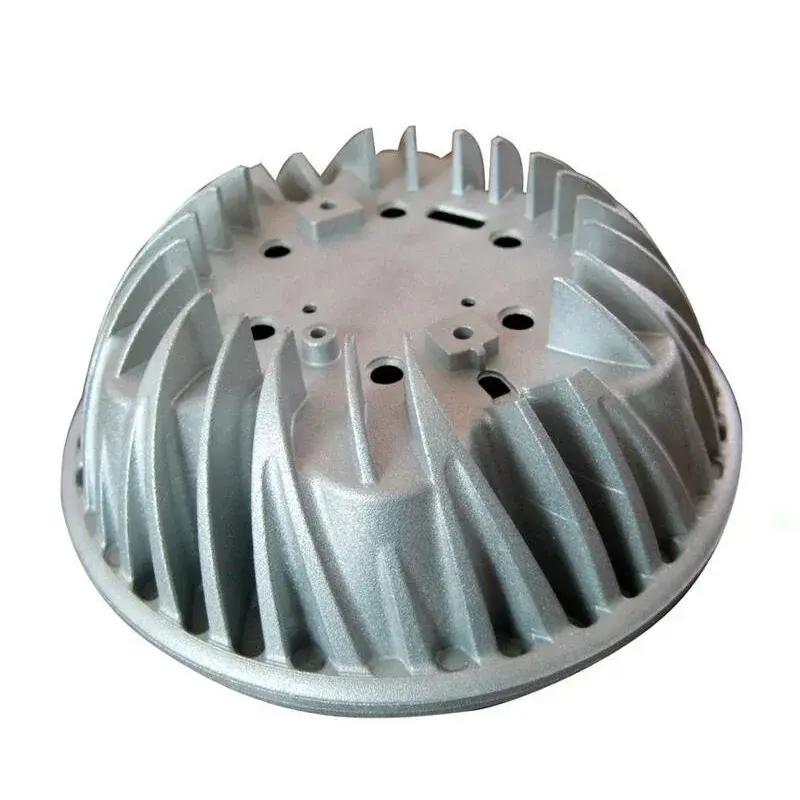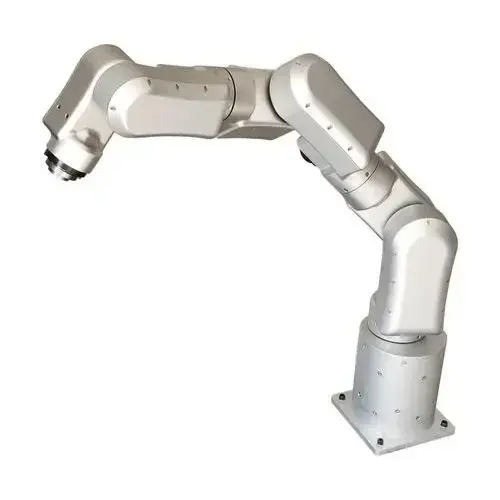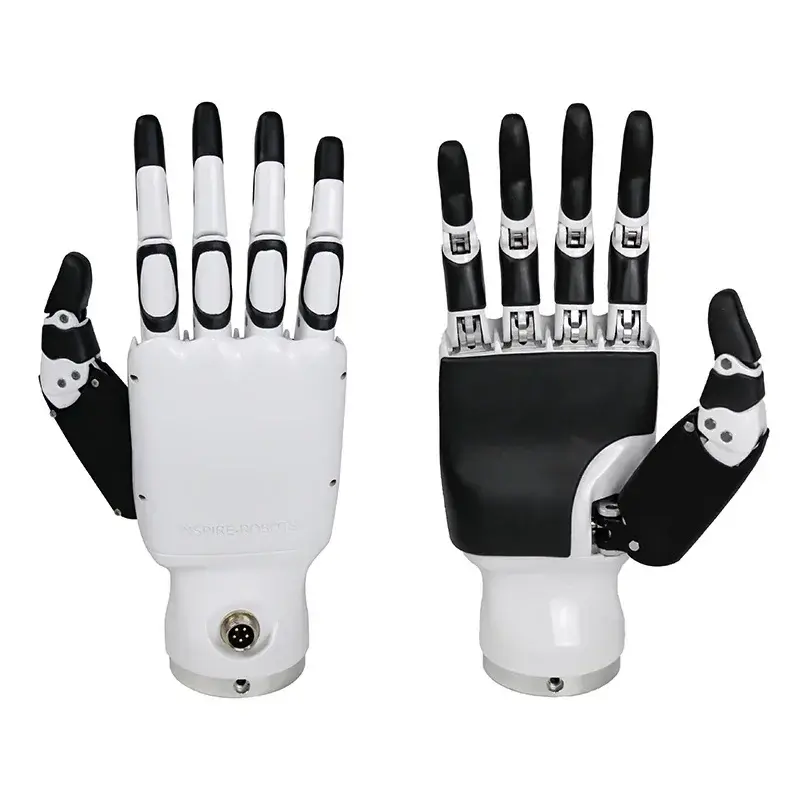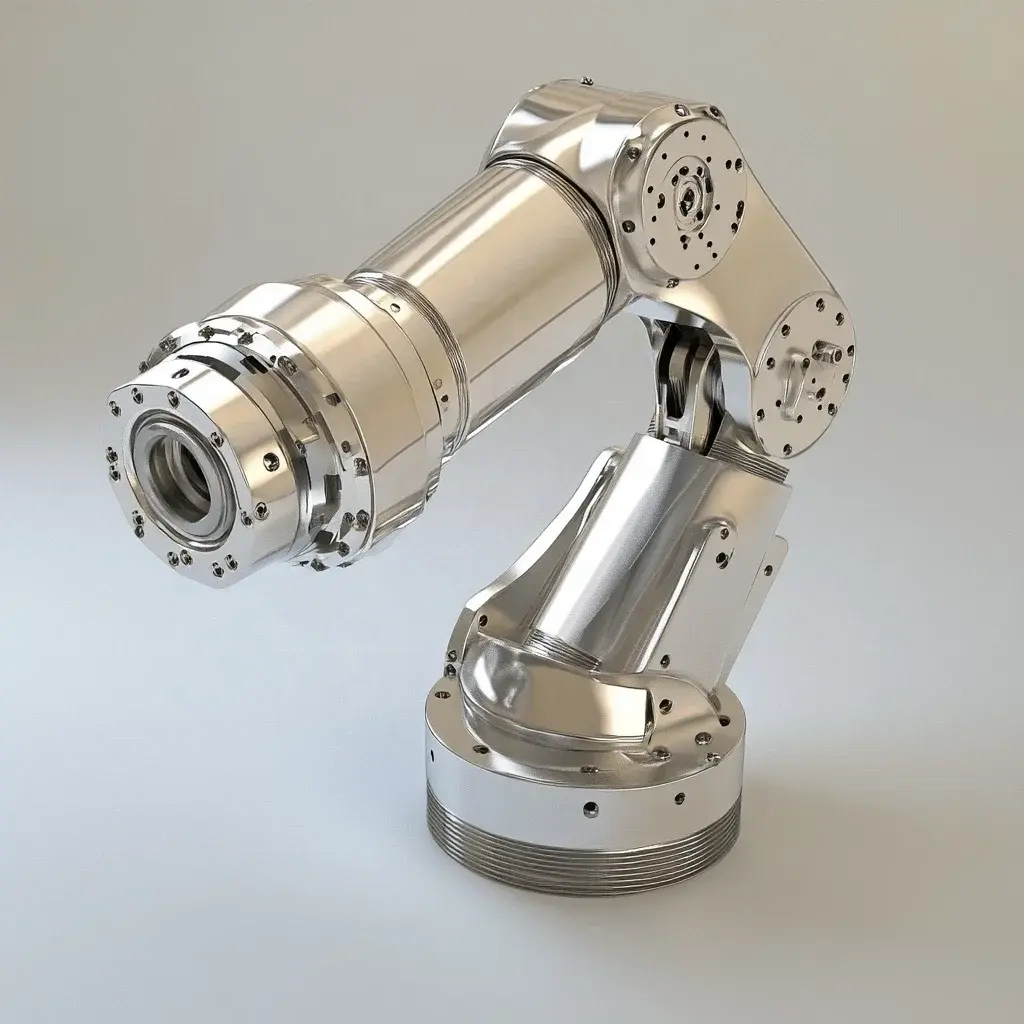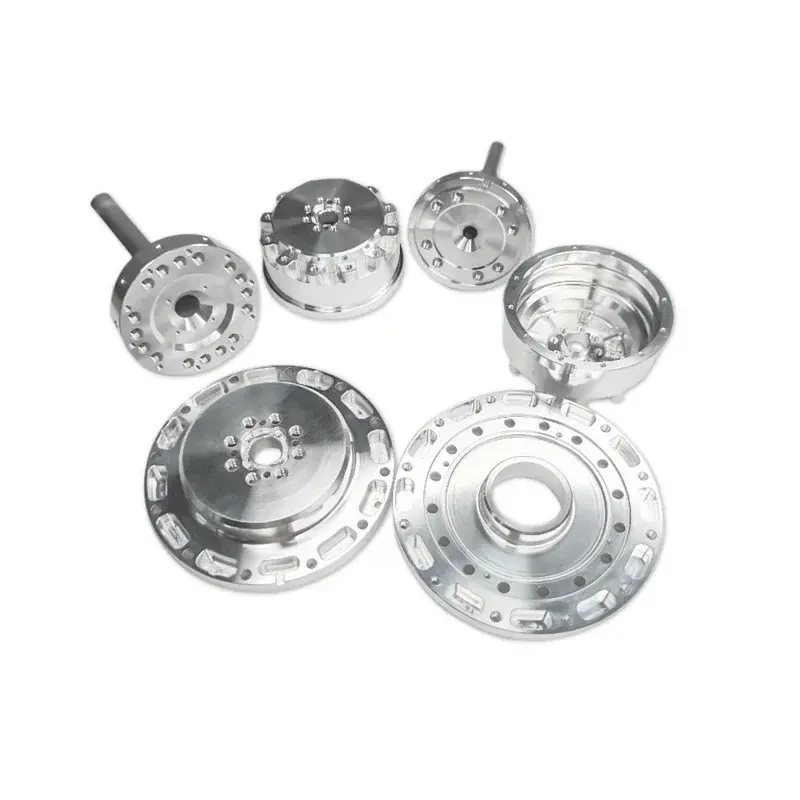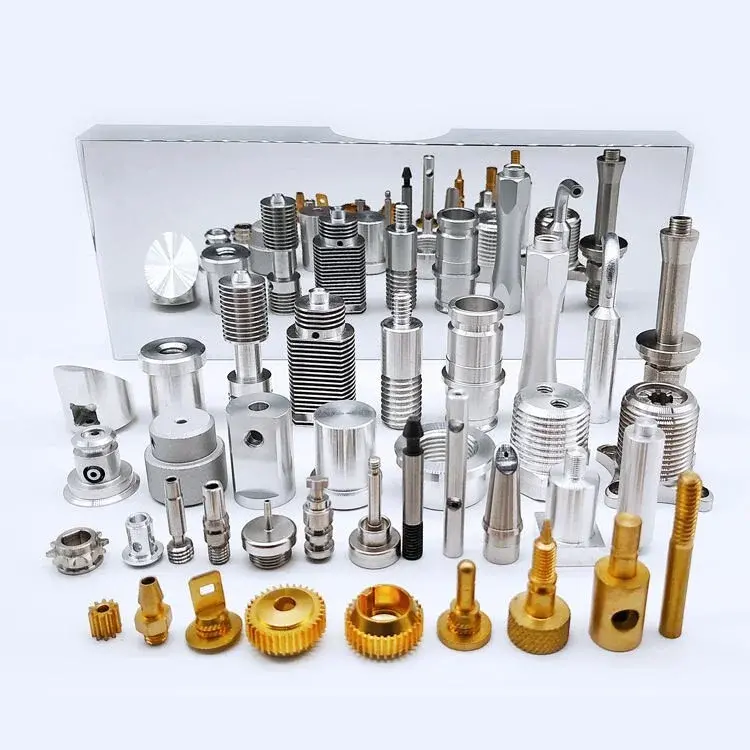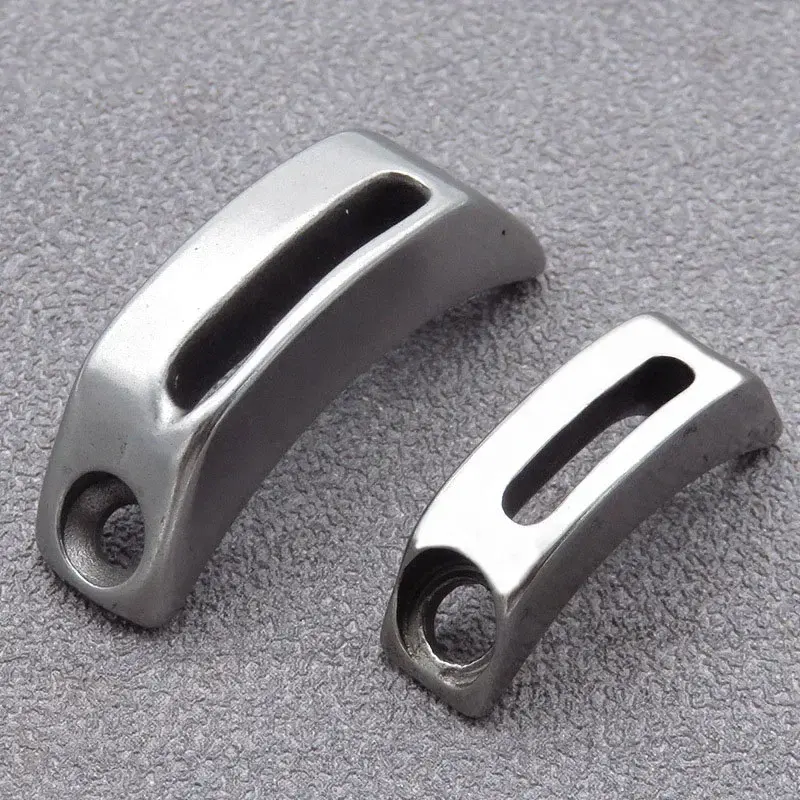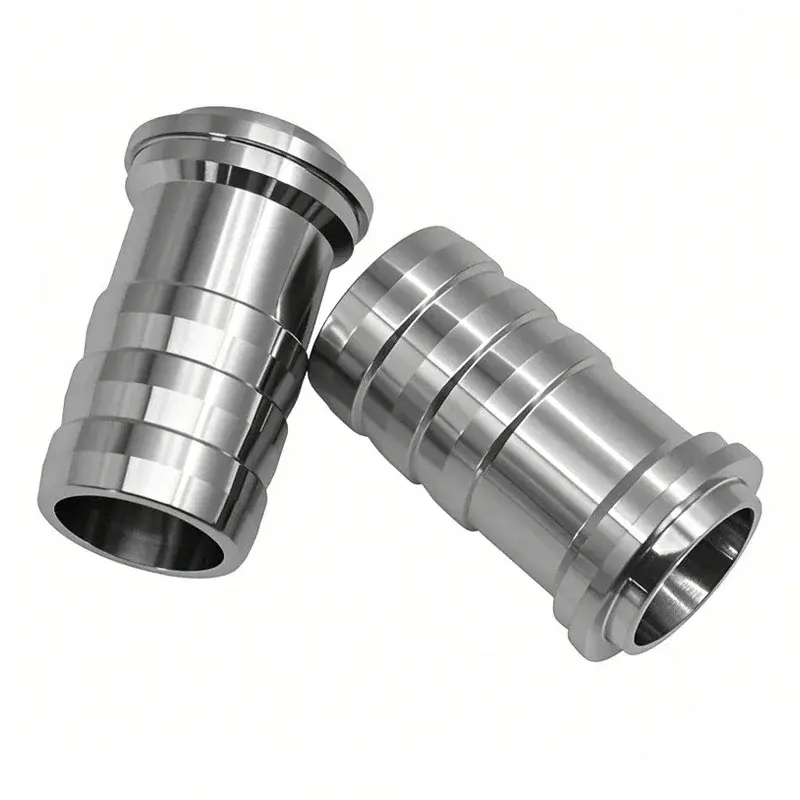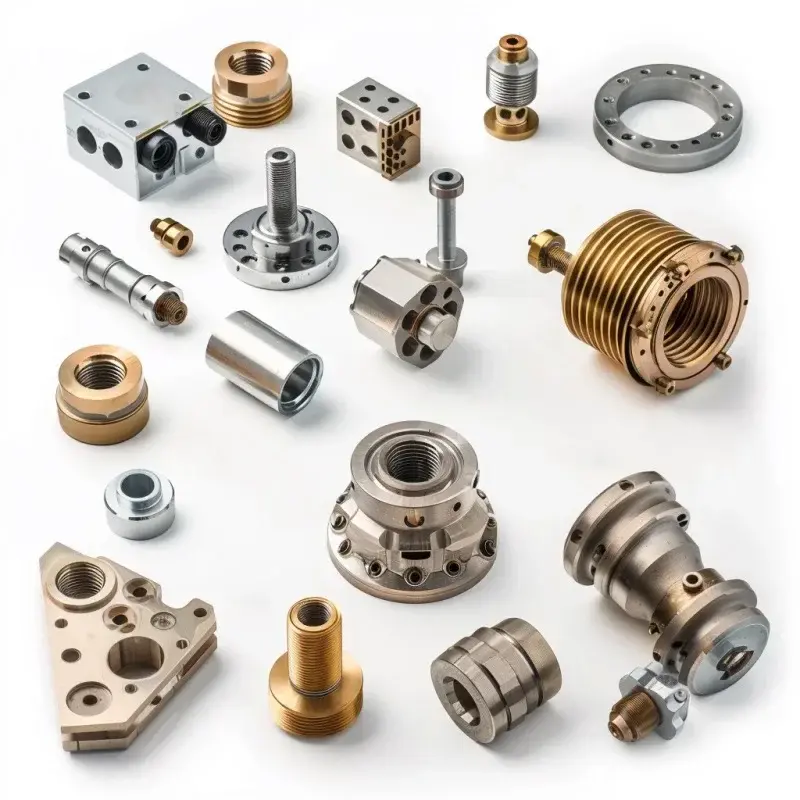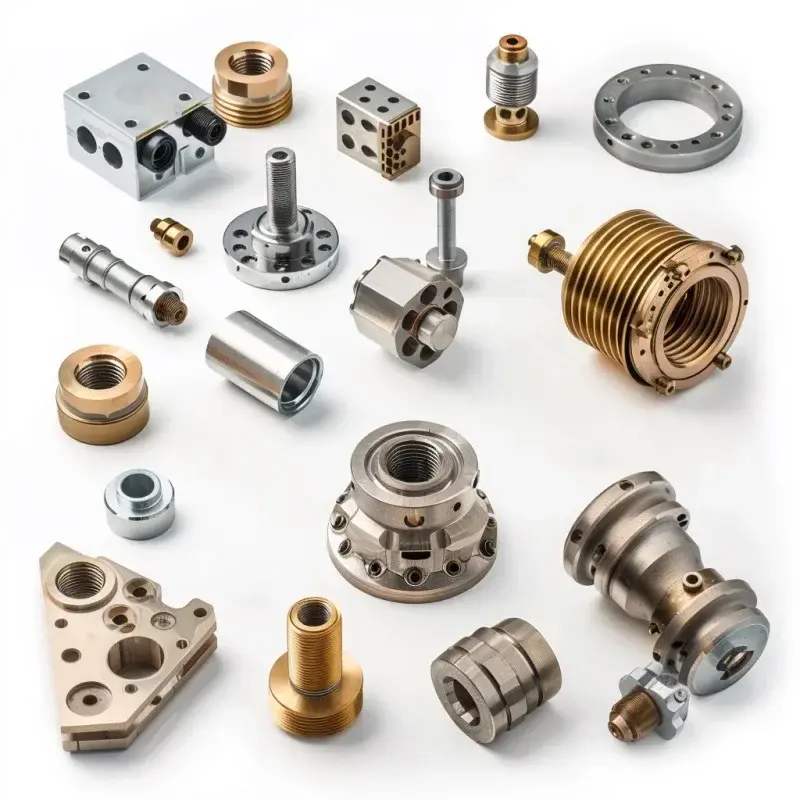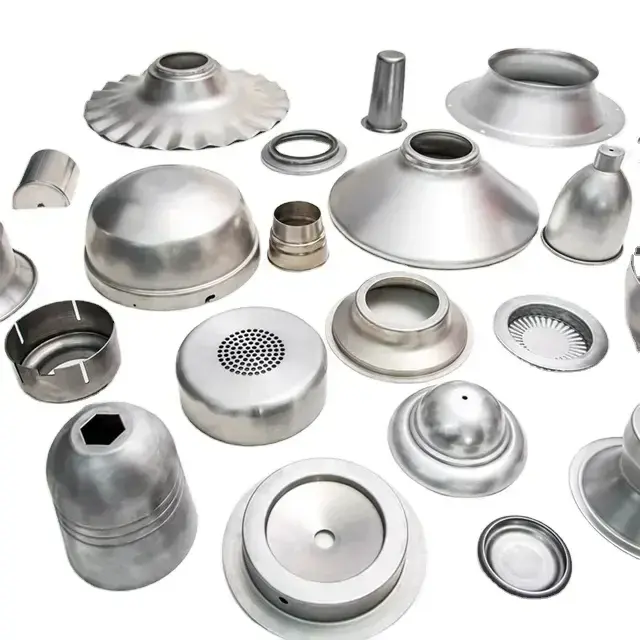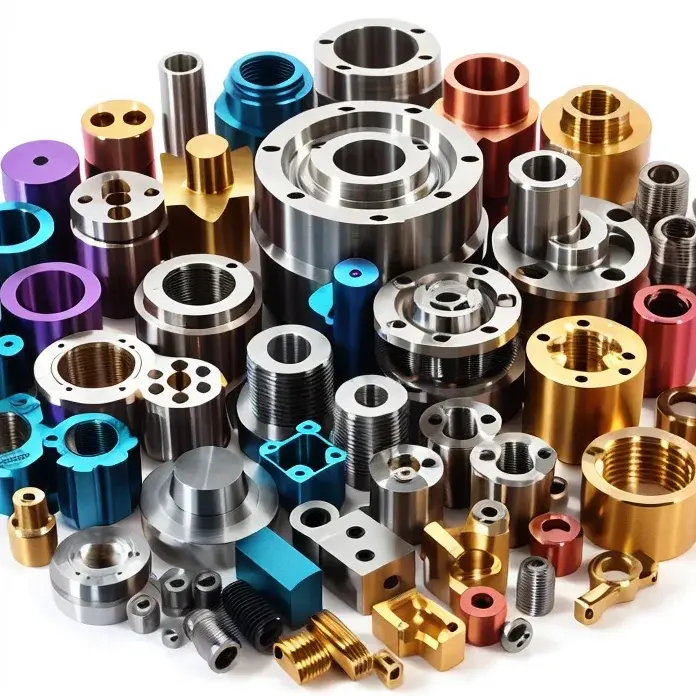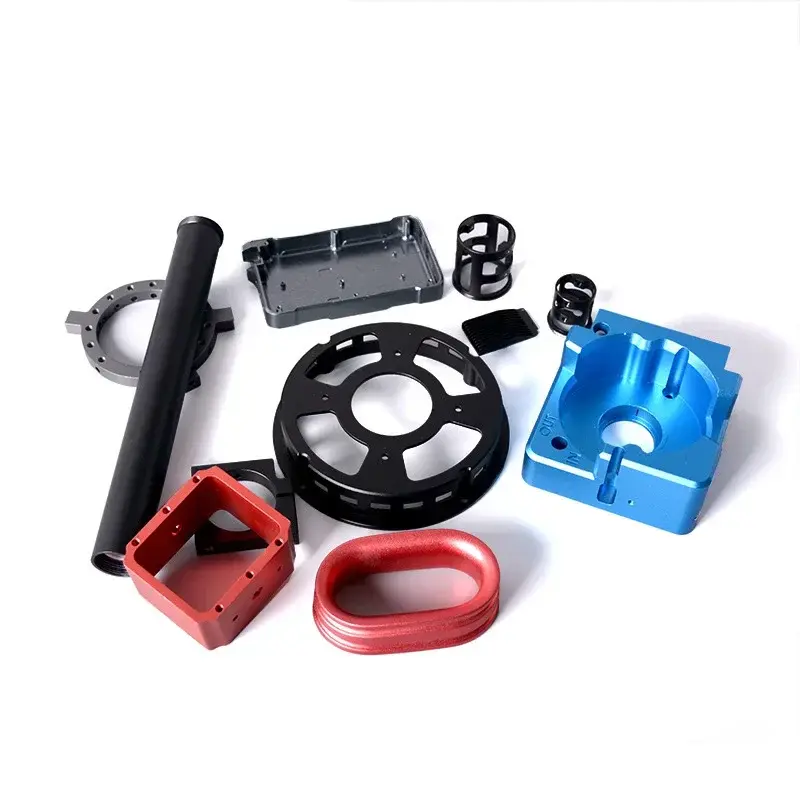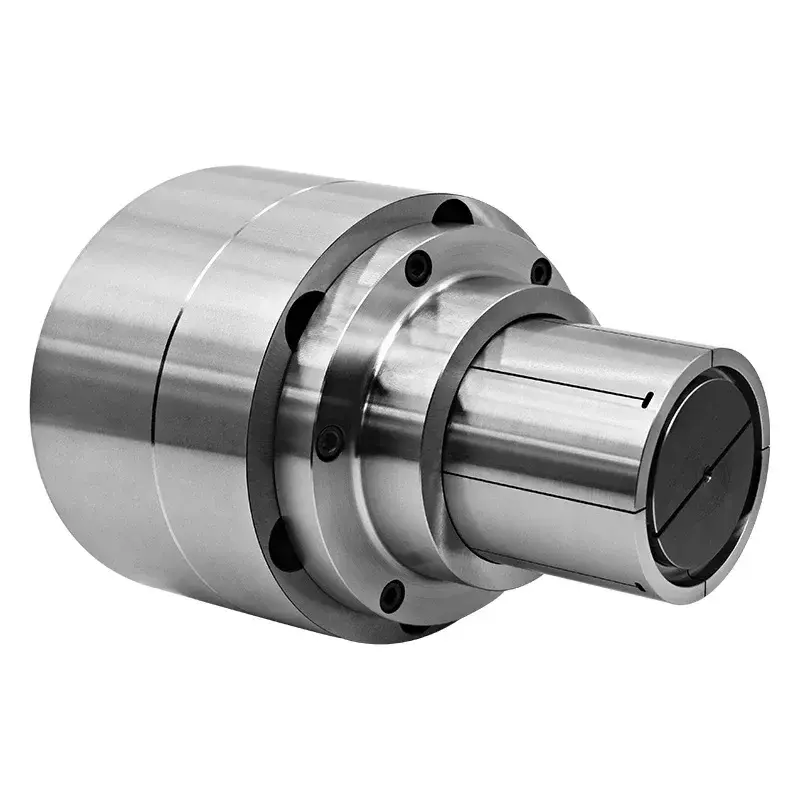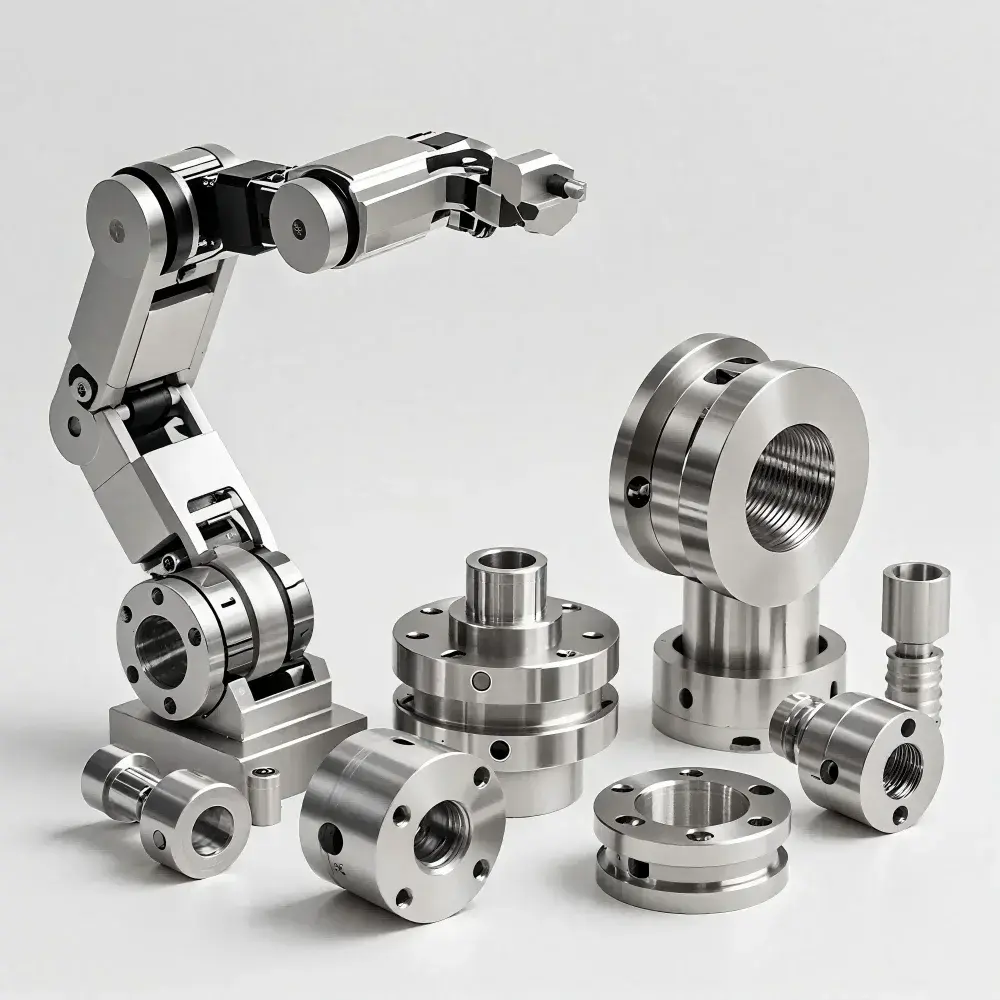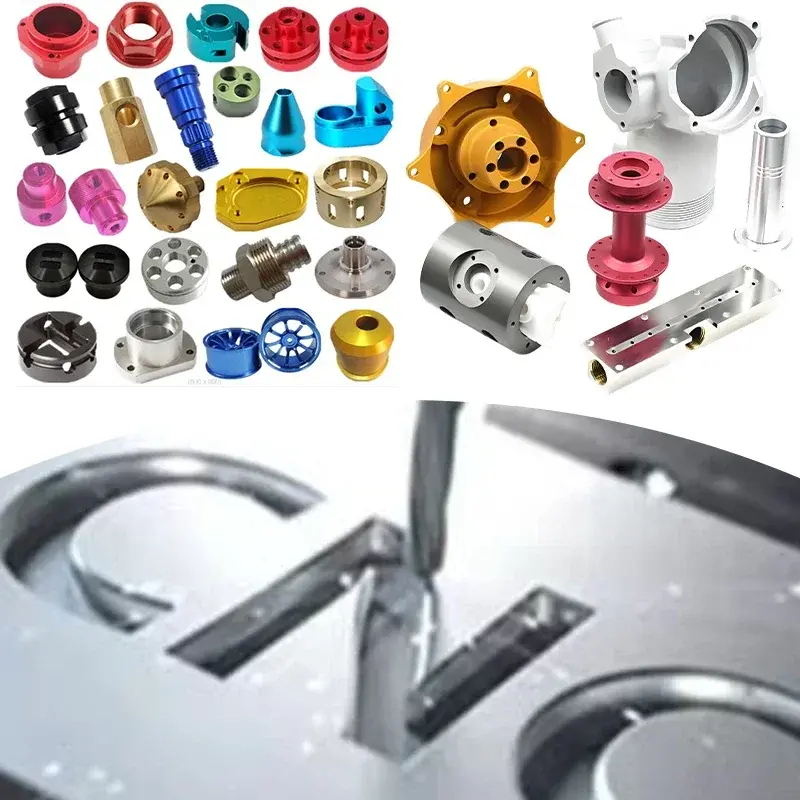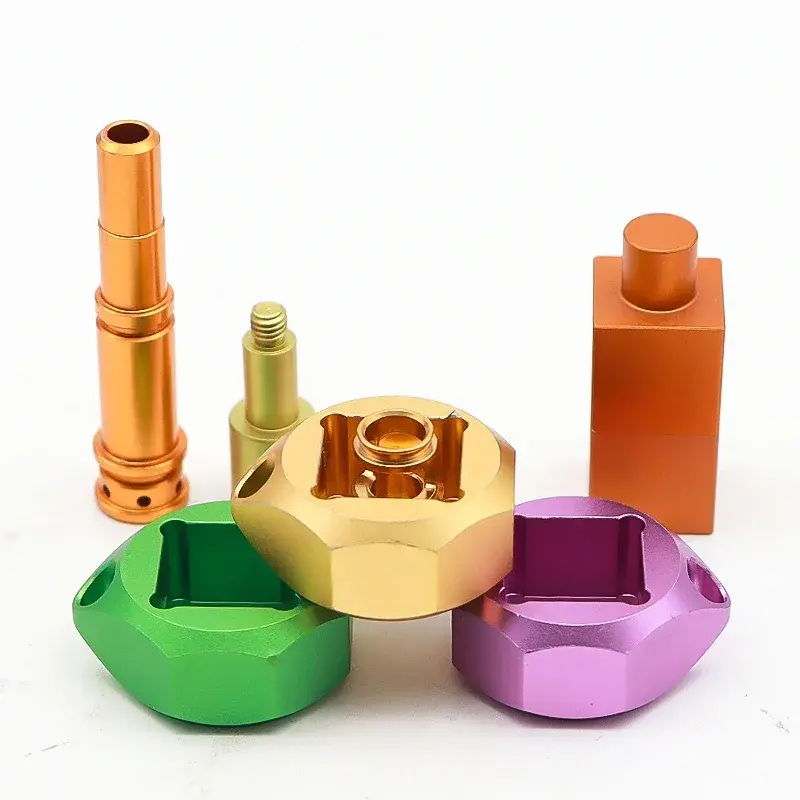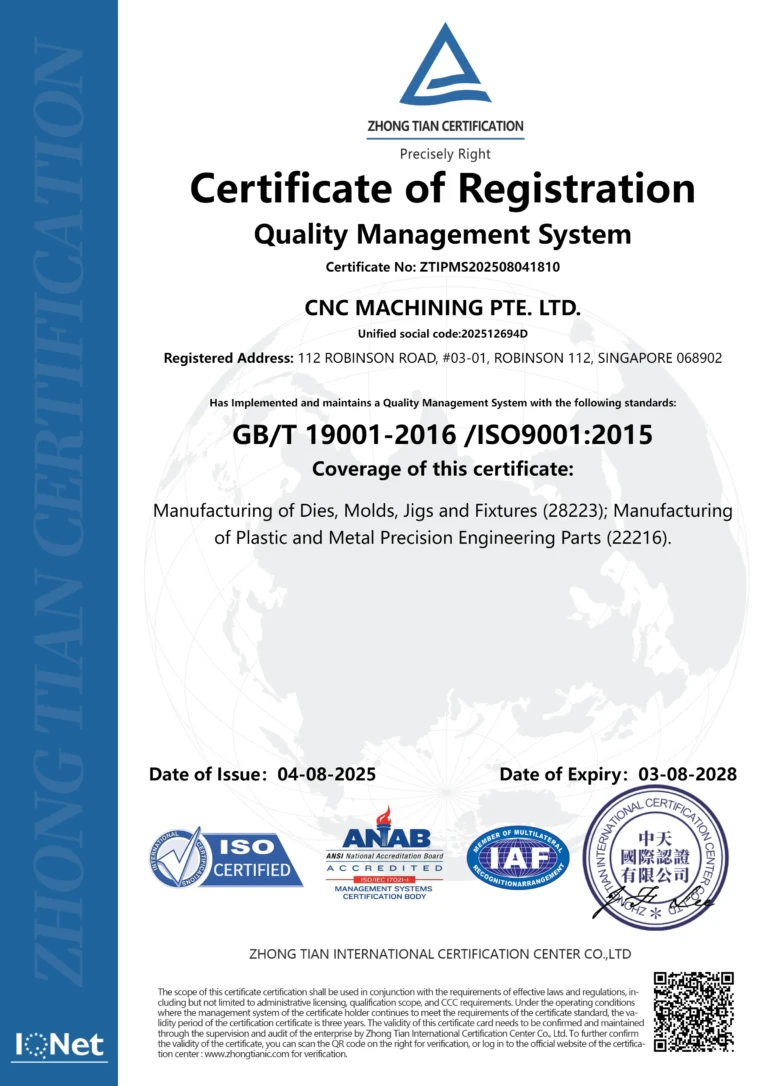The Revolutionary Silk Screen Printing Machine: Unveiling the Technology Behind Its Operation
In the world of printing, silk screen printing has emerged as a popular method for producing high-quality prints on various substrates, including paper, textiles, metal plates, plastics, leather, wooden planks, glass, and ceramic. This process has been extensively used in various industries, from packaging to fine art, due to its ability to produce vibrant colors, precise details, and durability. In this blog post, we will delve into the intricacies of the silk screen printing machine, exploring its description, process requirements, system composition, operating principle, and settings.
Description of the Equipment
The silk screen printing machine is a text and image printing device that uses a print plate to transfer ink onto different substrates. The process begins with applying ink on the print plate, which is then transferred directly or indirectly to the substrate, replicating the same printed material as the original print.
Process Requirements
To achieve high-quality prints, the silk screen printing machine requires:
- No jigs can occur during printing, ensuring that the printing process is flawless and precise.
- Precise positioning is crucial, as it affects the quality of the printed material.
- System composition: The screen printer employs a set of servo engines and servomoters, which play a vital role in the printing process.
System Composition and Operating Principle
As depicted in Figure 1, the screen printer is equipped with a controller, which uses an impulse control card to manage the engine operation. The card sends an impulse signal to the engine, which is then controlled by end-of-range switches located at the left and right ends of the device. This arrangement enables precise positioning and ensures that the printing process runs smoothly.
Operating Principle and Wiring Instructions
The servo motor operates in position mode, with the control card receiving a pulse signal from the controller. The engine is then steered by the end-of-range switches, located at the left and right ends of the device. The principle and wiring of the system are illustrated in Figure 2.
Settings and Calibration
Proper settings and calibration are essential for optimal performance. Adjusting the machine’s settings can be achieved by referring to the images provided in Figure 3, which demonstrate the various settings required for the silk screen printing machine.
Conclusion
The silk screen printing machine is a sophisticated piece of equipment that requires precision, attention to detail, and a deep understanding of its operating principles. By grasping the intricacies of this technology, printers can produce high-quality prints with vibrant colors, crisp outlines, and durable finishes. In this blog post, we have delved into the description, process requirements, system composition, operating principle, and settings of the silk screen printing machine, providing a comprehensive overview of this remarkable technology.
Image Credits:
Figure 1: Silk Printing Machine
Figure 2: Wiring Diagram of the System Principle
Figure 3: Settings and Calibration of the Machine
Note: The original images have been removed to maintain the scope of the blog post, as per the requirements. If desired, the images can be added back in their original form.









